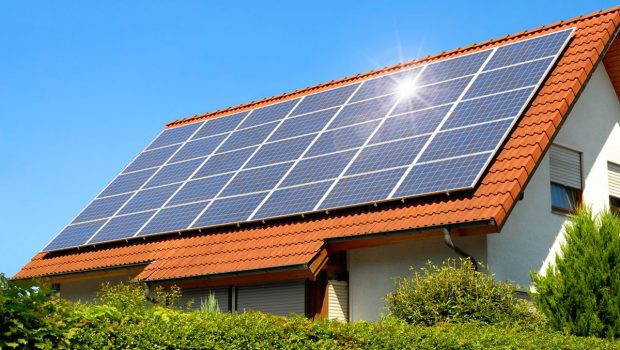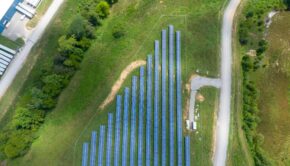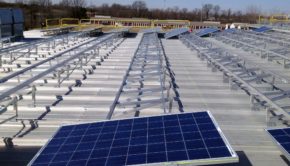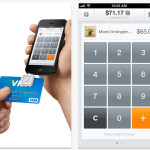Is Solar Energy the Answer?
Solar energy might be the long-term solution to the world’s energy dilemma. Not only is solar clean and inexpensive, it’s easy to harness and comes with a guaranteed infinite supply, courtesy of the sun. Politicians, scientists, and investors of all stripes have been touting the wonderful aspects of solar energy for decades. In fact, science has advanced by leaps and bounds when it comes to capturing the sun’s energy and storing it efficiently for later use.
While the technology behind solar power is not yet perfect, some experts compare the investment in its development to buying or selling a life insurance policy. We might not ever get to the point where we need to exclusively use solar energy, but it makes a lot of sense to develop the technology as quickly as possible, just in case.
But what often gets lost in the message and positive talk is the downside of solar. Any good analysis should include both sides of the story, and solar energy is no exception. Here’s a quick look at the pros and cons of solar energy, along with some key statistics about its use:
Solar Power Facts
Since 1977, the overall cost of generating solar power has dropped by 99 percent. Sometime around 2010, the cost to produce solar power became cheaper than many conventional forms of energy. Experts expect cost efficiencies to improve and possibly make solar the least expensive form of power within 10 to 20 years. The typical solar energy plant has a life span of more than four decades, as evidenced by China’s vast solar development projects.
That country currently leads the world in solar production. Investors are finally becoming interested in solar power, with new companies offering solar options every year. It is now possible to invest profitably in solar power within an IRA or other type of financial arrangement.
Pros of Solar Power
Most people already know about how clean solar power is compared to other kinds of electric power generation, particularly fossil fuels. What many do not know is that solar is the most abundant type of energy on earth, thanks to the infinite rays of the sun. Solar power is a way for homeowners to enjoy lower monthly utility bills too. In areas where local laws allow for energy credit from solar cells, homeowners can actually earn when then install solar panels on their homes or business facilities.
Solar cells, if you use enough of them, can allow people to be self-sufficient and live completely off the power grid. In addition to the financial incentives of local governments, the cleanliness and lower monthly utility bills, solar energy is environmentally friendly. It’s not just about being “clean,” but about the efficiency, the lack of related industrial construction, and the complete renewable aspect of solar.
Cons of Solar Power
It can cost homeowners as much as $40,000 to install a complete system for their residence. Of course, this upfront cost can be offset by signing up for a lease program that lets you borrow the panels and join a PPA, power purchase agreement. But the bottom line is that solar for a home is a costly investment.
Two other negatives often associated with solar are manufacturing impact on the environment and the low efficiency of conversion of the sun’s rays. Part of the challenge for the solar industry is to find better ways to build power plants and to improve conversion efficiency from the current 25 percent rate.















